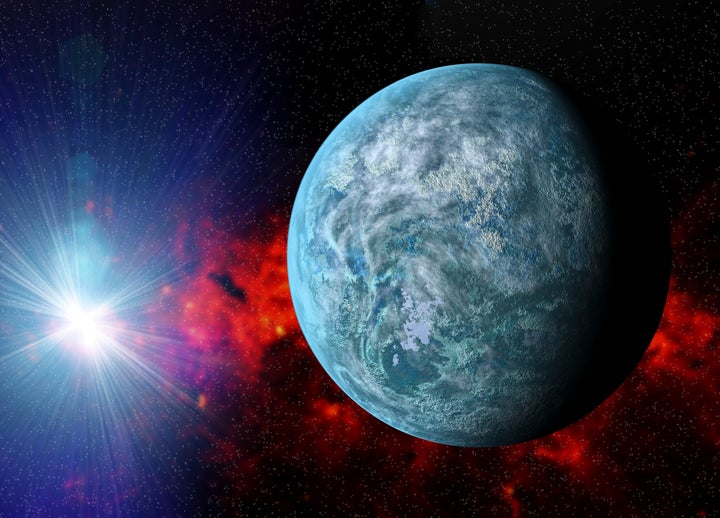NASA astronomers have announced the discovery of 1,284 previously undetected planets, including nine which could be habitable. This is the biggest collection of planets ever discovered.
Using NASA's powerful Kepler telescope, astronomers were then able to utilise a new statistical analysis method developed by Princeton University which drastically increases number of planets that can be discovered.

Paul Hertz, Astrophysics Division director at NASA said: "Before the Kepler space telescope launched, we did not know whether exoplanets were rare or common in the galaxy. Thanks to Kepler and the research community, we now know there could be more planets than stars,”
The new method essentially places a probability percentage to each Kepler candidate using automated computation.
Associate research scholar at Princeton, Timothy Morton explains: "Planet candidates can be thought of like bread crumbs,” said Morton. “If you drop a few large crumbs on the floor, you can pick them up one by one. But, if you spill a whole bag of tiny crumbs, you're going to need a broom. This statistical analysis is our broom."

With this new method the team were able to determine that of the 4,302 planets collected in July 2015's catalogue, 1,284 passed the required test of 99 per cent probability that it was indeed a planet.
A further 1,327 candidates were determined as being almost certainly a planet but because they didn't meet the 99 per cent criteria were left off the list.
Of the 1,284 new planets, 550 are believed to be rocky planets like Earth while nine of these then orbit their sun's in what is known as the 'habitable zone'.

Since Kepler's mission first started hunting for planets, and hopefully alien life, 21 exoplanets have now fallen into the category of being habitable.
One of those, Kepler-452b, has become our benchmark for finding habitable planets thanks to its position from the sun, equating to just the right amount of absorbed energy.
"They say not to count our chickens before they're hatched, but that's exactly what these results allow us to do based on probabilities that each egg (candidate) will hatch into a chick (bona fide planet)," said Natalie Batalha, co-author of the paper and the Kepler mission scientist at NASA's Ames Research Center in Moffett Field, California.
